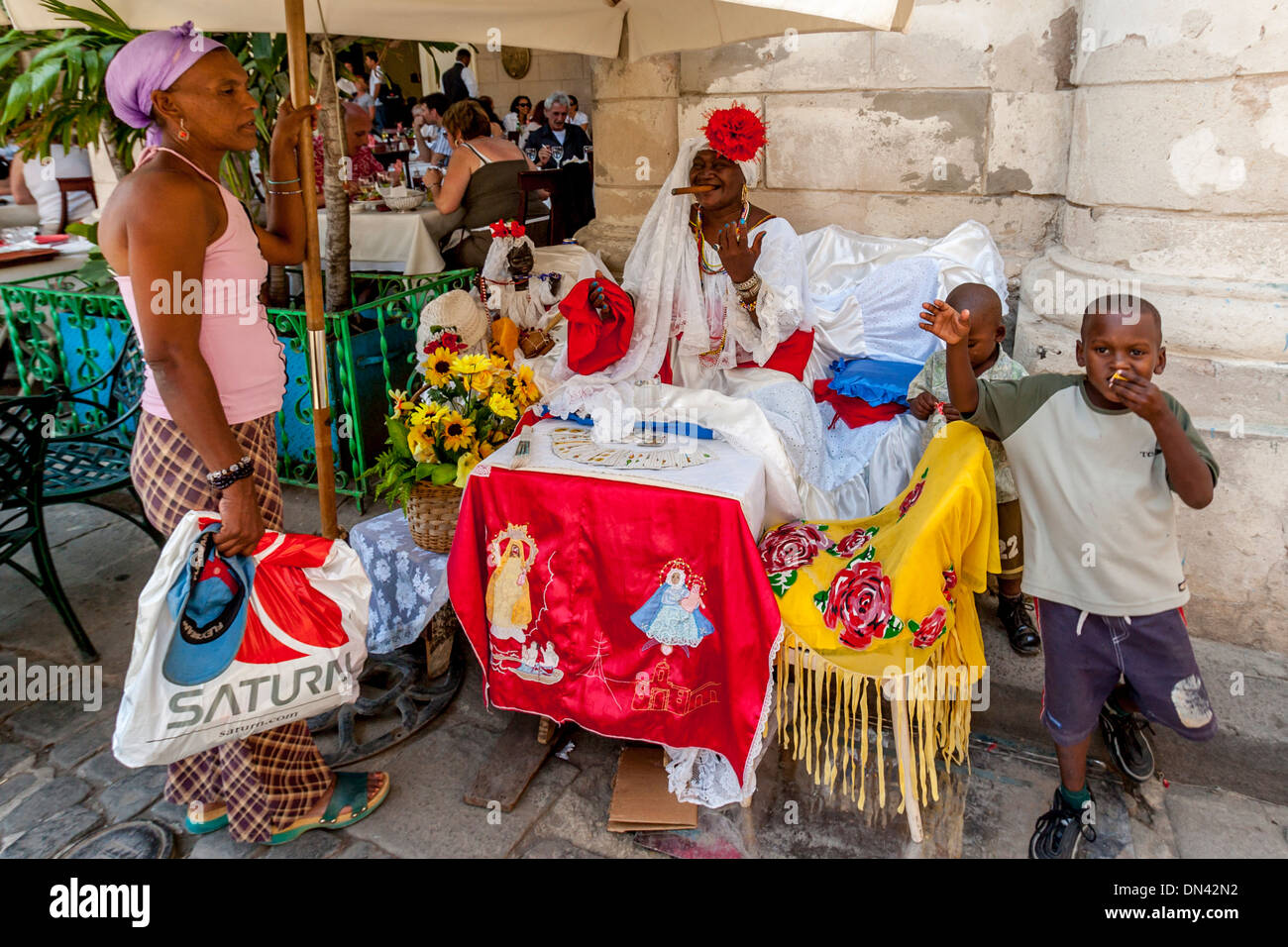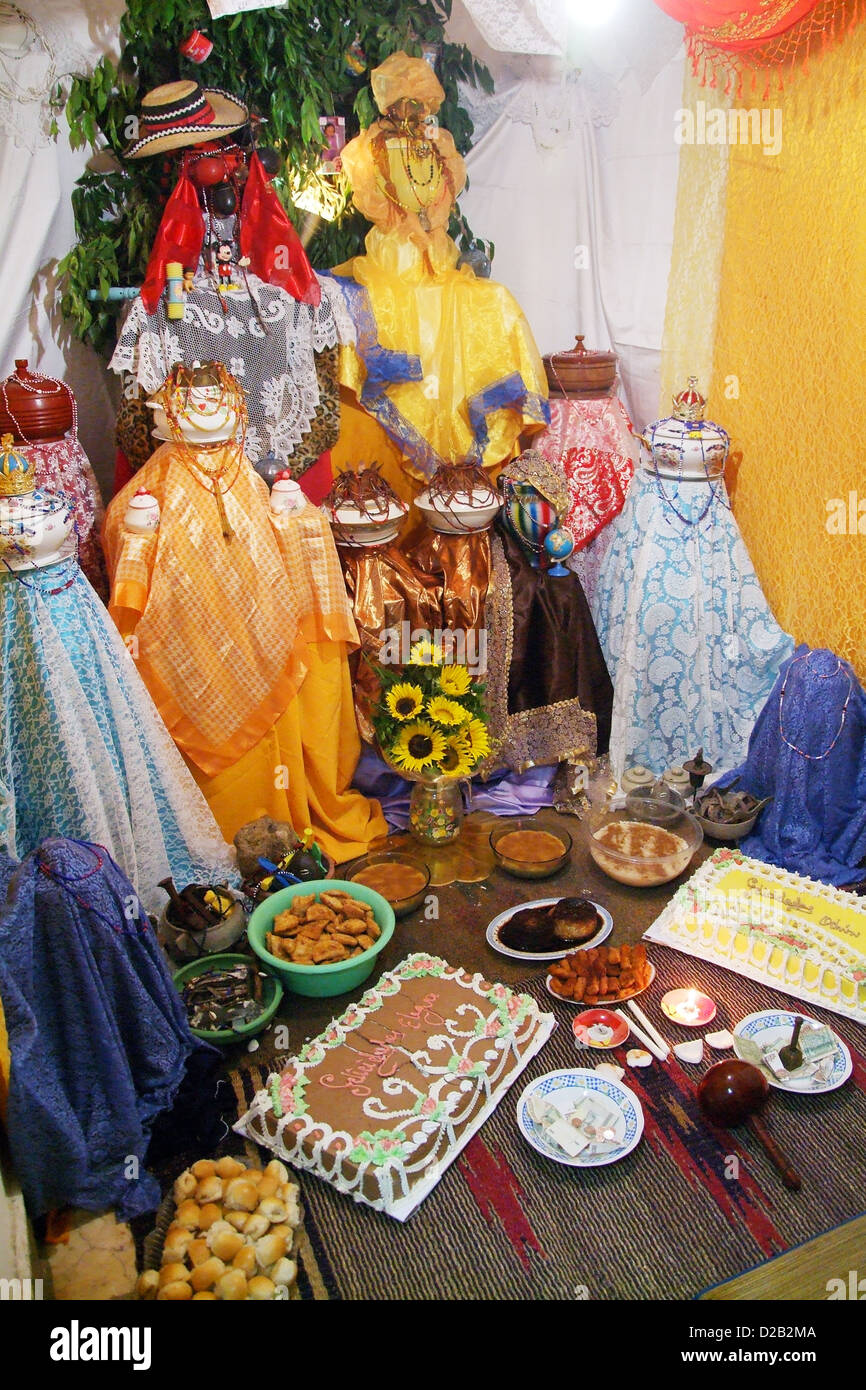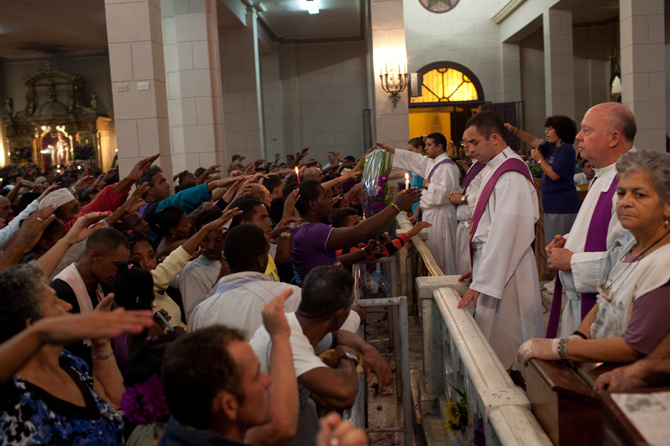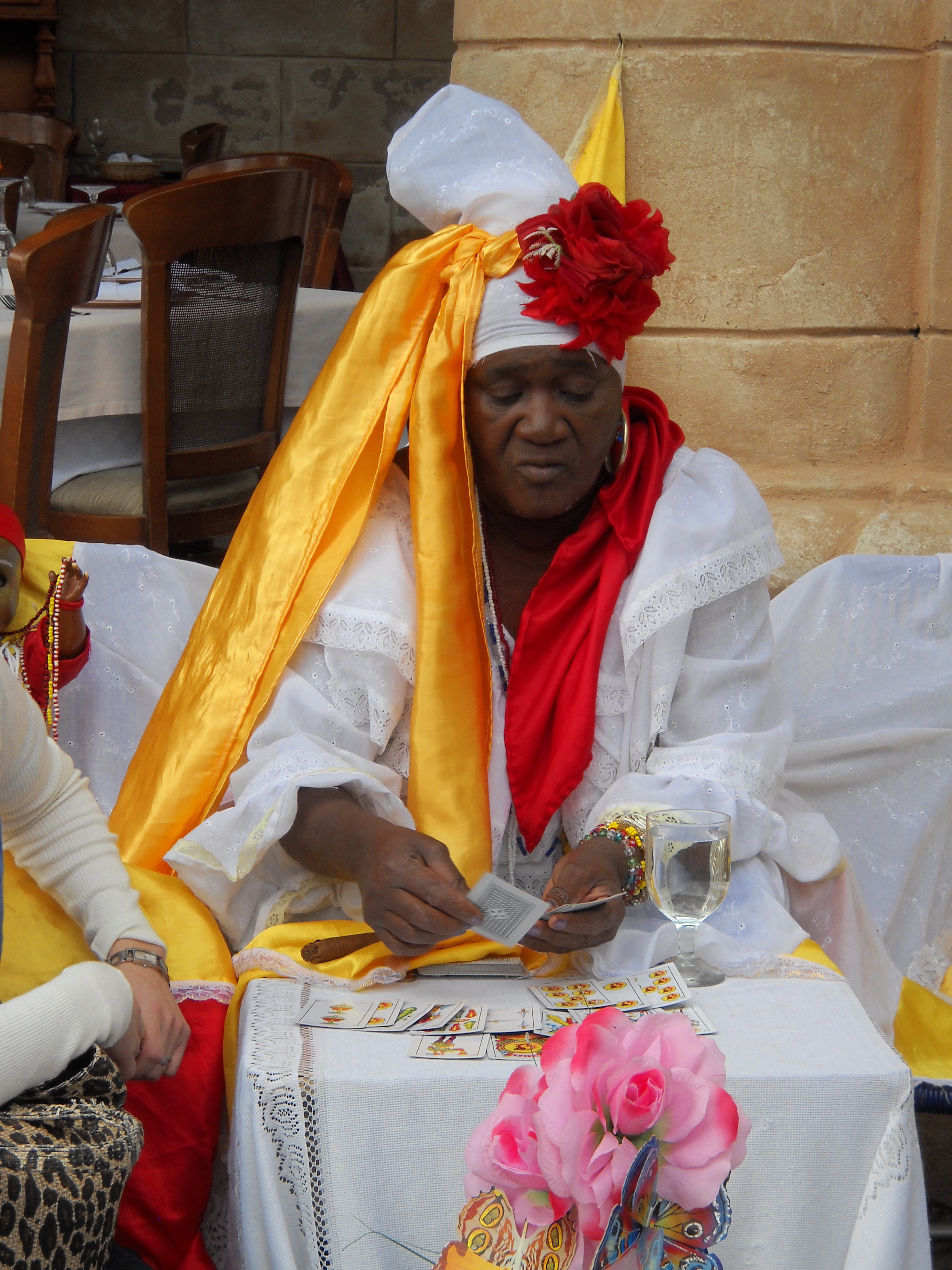Santeria is alive in Cuba. Santería was born out of necessity for the people of the Yoruba tradition who were brought to Cuba as slaves starting in the 16th century from present-day Nigeria and Benin.
References Animal Sacrifice in Santeria BBC.
Santeria religion in cuba. Many practitioners of the Regla Lucumi refer to the Orichas or the deities of the religion as saints or santos This tendency to combine terminology and concepts from Catholicism and West African religions is sometimes called religious syncretism. Fidel Castro Funeral Subdues Cubas Popular Santeria Festival Reuters. The head of the Roman Catholic Church in Cuba Cardinal Jaime Lucas Ortega y Alamino openly opposes the practice.
Factsheet on the Santería Tradition in Cuba - This factsheet provides a brief overview of the traditions of the Santeria community in Cuba and highlights the religious freedom violations that community experiences. In order to maintain their religion Africans living on the island prayed in secret by superimposing their orishas on Catholic saints. Santería or The Way of the Saints is the common name for the religion that developed mainly in Cuba as a result of the transatlantic slave trade and syncretism with Roman Catholicism.
Background Afro-Cuban religions have long been an integral part of Cuban society. Santeria Way of the Saints is an Afro-Caribbean religion based on Yoruba beliefs and traditions with some Roman Catholic elements added. Santería is widely practiced in Cuba.
Santería is a syncretic religion from Cuba that incorporates elements of Catholicism with the religion of the Yoruba people from West Africa. When many of the Yoruba people of West Africa were enslaved and brought. The Santería religion includes many traditions of West African mainly Yoruba origin notably praying to orishas divine emissaries many of which have been formally identified with.
Prior to my study abroad experience in Cuba I had the opportunity to study Santeria in a class at Georgetown about religions of the African diaspora. It has roots especially in the yoruba congo and efik peoples. From what we could observe the Santería religion crosses race age and gender.
Not being a religious person at all I like the iconic religious symbols and this did not disappoint me one bit. Santeria is in fact not one set of beliefs but a syncretic religion which means it blends aspects of a variety of different faiths and cultures despite the fact that some of these beliefs might be contradictory to one another. The Cuban Religion Fusing Animism Christianity.
Its devotees can be found on buses working at barbershops giving musical performances and performing rituals in homes by rivers and in the forests surrounding Havana. A religion started in secret. Santeria1 for despite the important role plants play in this religion studies of their use in Santeria have been few.
Their crisp pure white attire is easy to spot as it presents a stark contrast to Cubas sometimes derelict background. Santeria combines influences of Caribbean tradition West Africas Yoruba spirituality and elements of Catholicism. Total number of adherents to SanteríaCubas main religious movementis unknown but may include between one-half and seven-tenths of the population.
It helped that I had a really good guide with me who was able to explain the Goddess of Water and what Santeria and Catholicism in Cuba stands for. The word Santería comes from Spanish and loosely translates as devotion to the saints or santos. Santería developed out of the traditions of the Yoruba one of the African peoples who were.
Of broader religious freedom conditions in Cuba. According to a US State Department report some sources estimate that as much as 80 percent of the population consults with practitioners of religions with West African roots such as Santeria Palo or Cuban Vodú. We explore what continues to attract people to the religion generations after it was brought to Cuba by African slaves.
It started forming and evolving in Cuba thats why many call it cuban santeria and it soon spread through all of Latin America and to some areas in Europe in the 20th century as well. Similarly swindlers abound in this religion and many santeros and santeras have been accused of exploiting other people financially. The African origins of Santeria stem largely from the Yorubas of southwestern Nigeria but also include contributions from other neighboring West African peoples sharing similar or.
Priests in training wear all white for a year before officially becoming a Santero or a Santería priest. Santería is a syncretic religion rooted in the religious practices of the Yoruba people who were brought as slaves to Cuba from the Congo Basin and West Africa that incorporates elements of Catholicism. Santeria is a fusion of Catholic practices and African folk beliefs.
Cuba is home to a variety of syncretic religions of largely African cultural origin. It emerged in Cuba during the 17th century and has been embedded in Cuban society ever since. Though Fidel repressed Santería in coming years it will surely become a key representation of Cubas cultural identity.
 The Rise Of Santeria In Cuba Cnn Video
The Rise Of Santeria In Cuba Cnn Video
 A Fortune Teller Of The Santeria Religion Plaza De La Catedral Old Stock Photo Alamy
A Fortune Teller Of The Santeria Religion Plaza De La Catedral Old Stock Photo Alamy
 Havana Cuba An Altar Of The Main Cuban Santeria Religion Stock Photo Alamy
Havana Cuba An Altar Of The Main Cuban Santeria Religion Stock Photo Alamy
 Cuban Santeria Tradition And Practices
Cuban Santeria Tradition And Practices
 Santeria Wikipedia Bahasa Indonesia Ensiklopedia Bebas
Santeria Wikipedia Bahasa Indonesia Ensiklopedia Bebas
Yoruba Religion In Cuba I See White People Lorrie Graham
The American Seekers Who Found Santeria Notes On A Grassroots Spiritual Tradition From Cuba The New Modality
 Santeria Is Cuba S New Favorite Religion
Santeria Is Cuba S New Favorite Religion
 Cuba S Religious Ajiaco Stew Lahabana Com
Cuba S Religious Ajiaco Stew Lahabana Com
 Cuban Santeria Tradition And Practices
Cuban Santeria Tradition And Practices
 In Cuba Santeria Flourishes Two Decades After Ban Was Lifted The Groundtruth Project
In Cuba Santeria Flourishes Two Decades After Ban Was Lifted The Groundtruth Project


:max_bytes(150000):strip_icc()/santeria-women-in-the-our-lady-of-the-regla-church--in-havana--cuba-955821024-5c64ab1ec9e77c000159cb46.jpg)

No comments:
Post a Comment
Note: Only a member of this blog may post a comment.